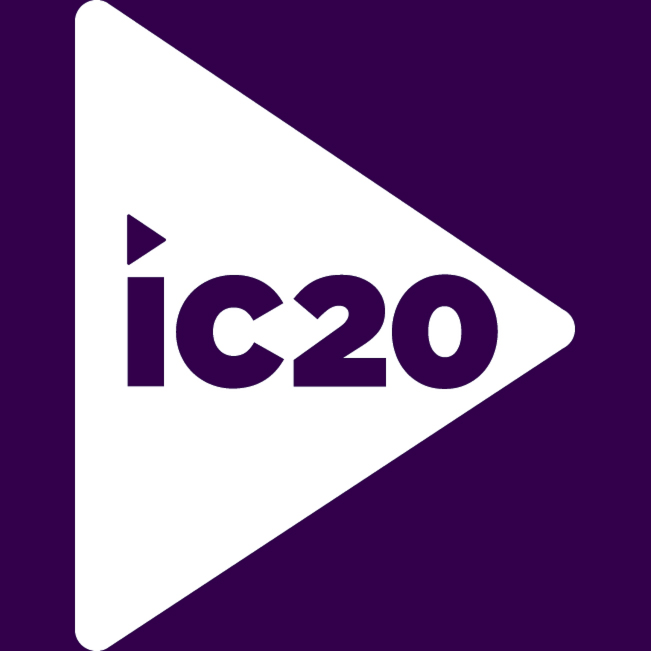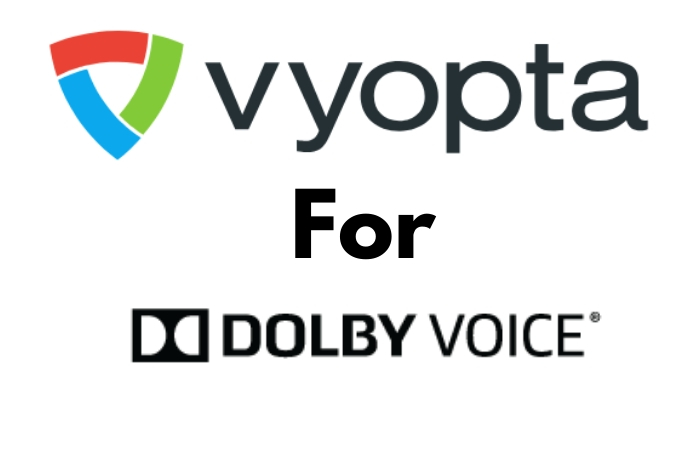The reality is becoming clear that hybrid work is changing the everyday behaviors and attitudes of workers who now only occasionally report into the office, and expect to perform most of their work duties in a non-workplace setting. That flexibility has provided benefits for companies: optimized real estate footprints, and a wider talent pool to attract the best job candidates working anywhere in the world. But there are emerging issues around work styles and engagement that call for carefully crafted hybrid work solutions.
In Vyopta’s recent remote work survey conducted by Wakefield Research, executives and leaders said workers’ business-first mindsets and behavior over remote meetings tend to degrade and put them in a position to suffer professionally.
In fact, 77 percent of survey respondents said participants who join meetings remotely are at a disadvantage compared to those who join in-person. And 23 percent said those workers are very or extremely disadvantaged compared to colleagues who are performing their duties in the office and can benefit from more in-person interactions.
Why? Because even in home offices that have been decorated and equipped for work purposes, the familiarity of home makes it less likely for every work obligation to stay top of mind without some kind of oversight and training around time management and productivity.
That lack of discipline can negatively impact both the employee’s performance, with the company suffering productivity and competitive disadvantages if these bad habits persist and spread amongst too many workers.
There are simple steps to identify potential problems and finding the best hybrid work solutions. These include keeping calendars updated regularly, committing to a “best for work” preparation process every day, and using work-selected tools and equipment to their maximum utility to take advantage of what they can offer.
Emliy Ramirez, Vyopta’s manager of human resources said personal pride has to play a role for employees engaged in hybrid work.
“Working remotely means you are committed to getting your job done while enjoying the convenience of being able to choose where you will do your work. The big question is how will you balance work and family life? The only way to do this is to learn to plan and prioritize your responsibilities since you need to tackle your job responsibilities like you tackle your personal life. The choice to work remotely with all the distractions requires a bigger commitment.”
Data points to hybrid work solutions
Bad habits around scheduling and management of meetings can be detected using Vyopta’s data and analytics that can pinpoint numbers and percentages of missed meetings, head counts of meetings by group or department, and late joiners. Further analysis can also be used to determine if technical issues played a role, or if there are problems related to daily routines and discipline that need to be addressed.
Brett Panter, Vyopta’s chief financial officer, said managers with largely remote teams will have to adopt metrics that can help detect potentially unproductive behaviors and other slowly developing issues. This information makes it possible to craft hybrid work solutions, so the managers can meet with workers and create a plan for those employees to improve and move upward.
“When people are working remote and you’re not there to see them, you have to really shift the way that you manage. The concern is with people who are less experienced, or new hires, because they don’t know what the expectations are. Plus do they know how to use the tools needed to do their work. It’s up to individual leaders and groups to take that on and make it understood,” he said.
“Sitting at home not talking to anyone, you can develop bad habits that can result in poor work product, missed deadlines, lack of engagement, not communicating, bad culture, missed collaboration. There are definitely metrics based on function that you can set. For sales it’s different activities and numbers than from marketing. There are intangibles but as a leader you have to be in tune with the members of your team and Vyopta can tell you based on those metrics what’s going on.”
Learn more about hybrid work with our ebook analysis.
Chad Swiatecki is a business writer and journalist whose work has appeared in Rolling Stone, Billboard, New York Daily News, Austin Business Journal, Austin American-Statesman and many other print and online publications. He lives in Austin, Texas and is a graduate of Michigan State University. Find him online on LinkedIn.








